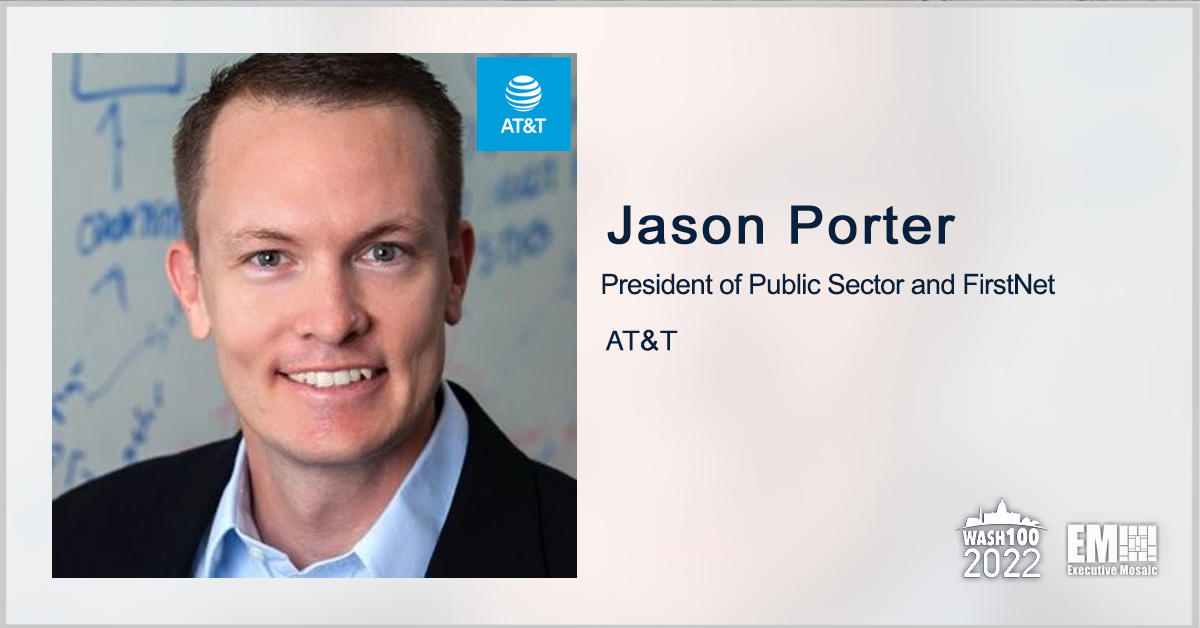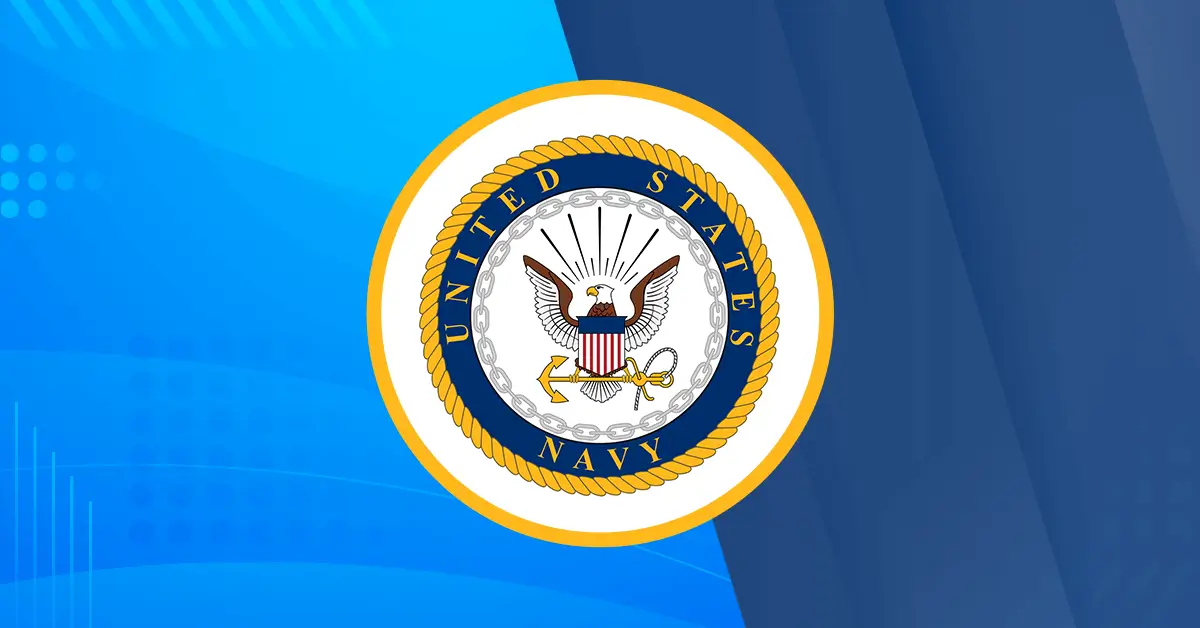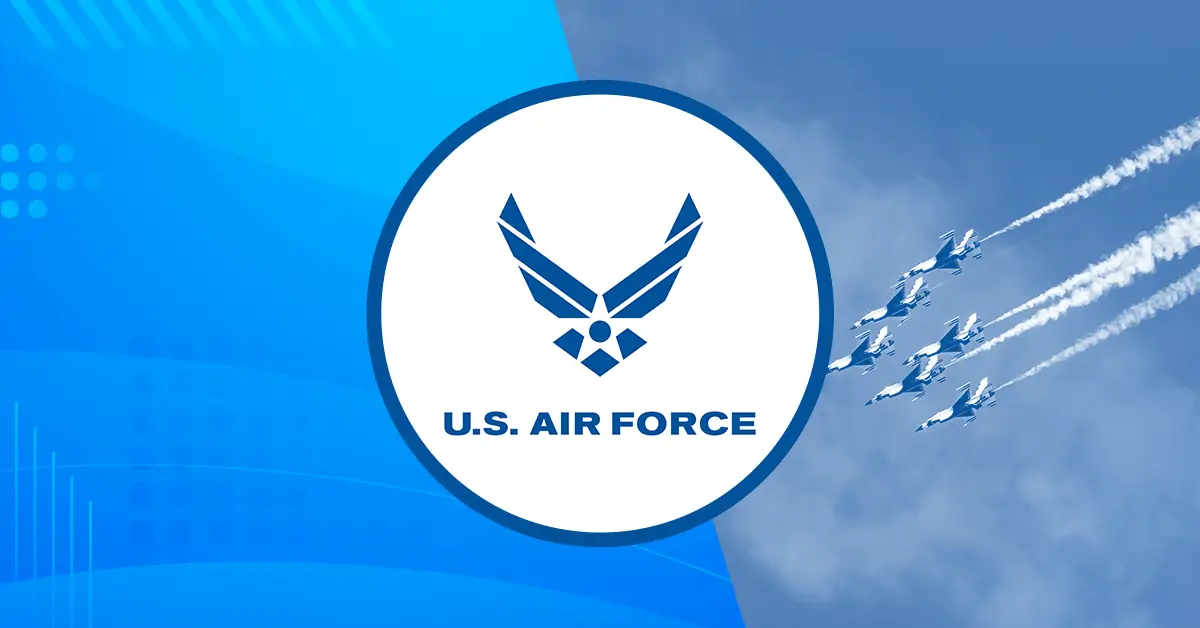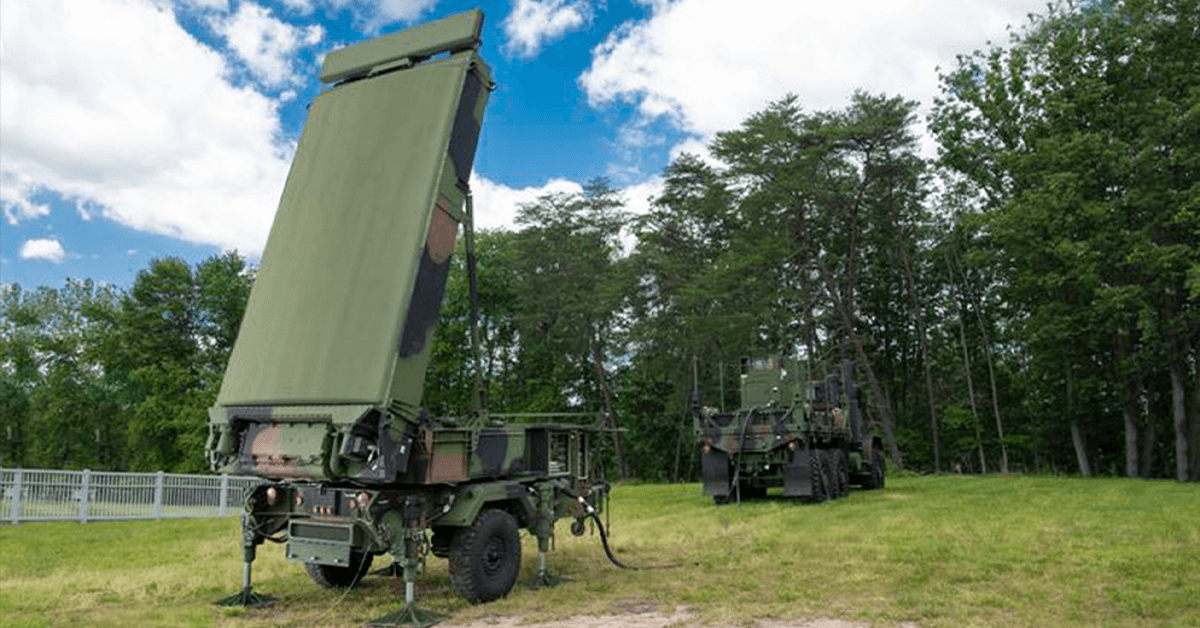Jason Porter, president of public sector and FirstNet at AT&T and a 2022 Wash100 Award recipient, recently took part in the latest Executive Spotlight interview with GovCon Wire to discuss FirstNet’s impact on the recent modernization of network capabilities for the U.S. Coast Guard and other military branches as well as AT&T’s work with 5G in the education market, the importance that the pandemic has had on global connectivity and more.
“We started building FirstNet in 2017 after we were awarded the contract. Five years later, FirstNet already covers over 99% of the U.S. population. That’s a significant accomplishment. We have also exceeded 95 percent Band 14 coverage completion, well ahead of schedule.”
You can read the full Executive Spotlight interview with Jason Porter below:
Visit Wash100.com to cast a vote for Jason Porter as one of your TEN votes to advocate for your favorite leaders in the federal and government contracting sectors.
GovCon Wire: The last time we spoke back in July, we touched briefly on FirstNet, the first responder network. Can you talk a bit more about it and give us an update on your progress with FirstNet?
Jason Porter: “FirstNet is one of my passions for the public sector. FirstNet supports the mission to save lives and help communities. It supports first responders to help them do their jobs safely.
We’ve made significant progress with FirstNet. Trust and adoption of FirstNet across the public safety community is growing. We have over 3 million FirstNet connections and over 19,500 public safety agencies and organizations subscribed as of the end of 2021.
And we see federal public safety agencies using FirstNet to execute their daily functions and modernizing the way they work in our current environment. It’s like putting a whole new tool in their toolbox.
We started building FirstNet in 2017 after we were awarded the contract. Five years later, FirstNet already covers over 99% of the U.S. population. That’s a significant accomplishment. We have also exceeded 95 percent Band 14 coverage completion, well ahead of schedule.
We’ve launched more than 370 FirstNet devices to put more equipment into the hands of first responders so they can do their jobs effectively. And we now have more than 100 dedicated and deployable assets for our first responders. These include deployable assets such as cellular service delivered from specially equipped trucks and drones.
Our country has seen another record wildfire season. We’ve had multiple severe hurricanes and tornadoes. We’re currently in the middle of the winter storm season. Along with all of that are the challenges caused by the Covid pandemic.
We’ve delivered FirstNet services to support COVID vaccination sites and test centers across the country. We’re helping the doctors, nurses, and public safety leaders do their jobs. AT&T and FirstNet have been very busy using our deployable assets to support COVID test sites and first responders fighting fires, handling hurricane situations, and just about every natural disaster event that occurs. It never stops, and neither do we.”
GovCon Wire: What can you tell us about FirstNet’s impact on the recent modernization of the U.S. Coast Guard’s network capabilities and boosting Department of Defense communications in the public safety space?
Jason Porter: “It’s been phenomenal for us to continue working with the Department of Defense [and the Department of Homeland Security]. The Coast Guard, Army, Navy, Marines, and Air Force are all using FirstNet.
One of the newer innovative solutions we have delivered to the Coast Guard is FirstNet® MegaRange™. It consists of high-powered user equipment, harnessed with the capabilities of proprietary technology, which can significantly boost cellular transmission strength.
We’ve seen how effective our high-powered user equipment is in rural and mountainous areas, but the Coast Guard’s usage has allowed us to test the limits of these capabilities along our coastlines.
The results have been terrific. We’ve demonstrated that FirstNet MegaRange can extend the effective range of a cell site and support multiple video streams as far as 28 miles from the coastline. It’s been a great success story.
We’re working with DoD to demonstrate the benefits of commercially provided networking capabilities and 5G. DoD is leading the way in 5G innovation and experimentation, and we have secured several of their first tranche awards to drive 5G further.
Working with DoD, we’re exploring capabilities such as smart warehousing at Naval Base San Diego. We’re also working with DoD to pilot the benefits of 5G-enabled augmented and virtual reality capabilities to support mission planning, training, and operations in entirely new ways.
We’re working with the DoD and the Air Force to create a modernized base of the future at Tyndall Air Force Base. The base was devastated by Hurricane Michael in October 2018. We deployed our experts and equipment to the base within hours of the hurricane passing through to restore connectivity.
And we’ve been working tirelessly with the Air Force ever since to bring our communications capabilities to the base as it takes shape as a fully modernized military base. We’re also prototyping 5G and network edge computing capabilities at Tyndall.
GovCon Wire: Tell us more about AT&T’s work with 5G. How far along is your 5G deployment, and how does it relate to your work with government agencies? What about 5G for the Education Market?
Jason Porter: “We see 5G being used across the federal landscape. Some federal agencies use it to support experiments and use cases such as remote operations involving drones. We’re seeing examples of multi-access edge computing, where the network effectively delivers cloud capabilities from the nearest point of presence or network hub.
It supports real-time computing capabilities. Robotics is also a massive opportunity for 5G’s capabilities. We also see a tremendous amount of 5G use case development in Education. I believe 5G can revolutionize education; it’s already happening at the university level.
If you think about universities, they require a layered approach to their communications. They want a big wide footprint, with some low band spectrum that protects students as they walk around campus. They want their students to be able to connect reliably at any time.
They also want the safety infrastructure to always be connected on that campus. That’s their base layer. But they’ll want to have fiber capabilities to support the bandwidth demands where students congregate like dorm rooms. They want 5G in those areas, too.
Institutions like the University of Missouri are exploring how 5G can help reduce energy consumption and emissions and reduce greenhouse gas emissions from manufacturing. 5G is a crucial ingredient to research and study for Education. 5G is leading us into the future.”
GovCon Wire: COVID has brought to light the need for improved connectivity across the Education market. Can you tell us about AT&T’s work there?
Jason Porter: “My son is on a robotics team in his high school, and he wants to pursue it at the college level. We have started exploring schools, including those putting 5G at the forefront. I’ve been to their labs and seen that 5G is a minimum requirement. For something like robotics to take off, it needs 5G services. 5G is the air the robots need.
One of the critical things COVID has taught us is that our educational system and infrastructure have an opportunity to improve dramatically. We have been teaching and learning from old technology for a long time and using old methodologies.
Educators, as well as students, are demanding more. They need to access information systems remotely so that their learning is not confined to one classroom or building. This is important to Education now and for the future.
We have committed to providing $2 billion over the next three years to address The Digital Divide. Where students don’t even have basic connectivity, that’s where we want our money to go. We’re excited about connecting students and driving connected learning programs.
The pandemic has shown us that we can be better by using the innovations and modernized communications capabilities available right now. We expect a lot of significant changes in the years to come.”






